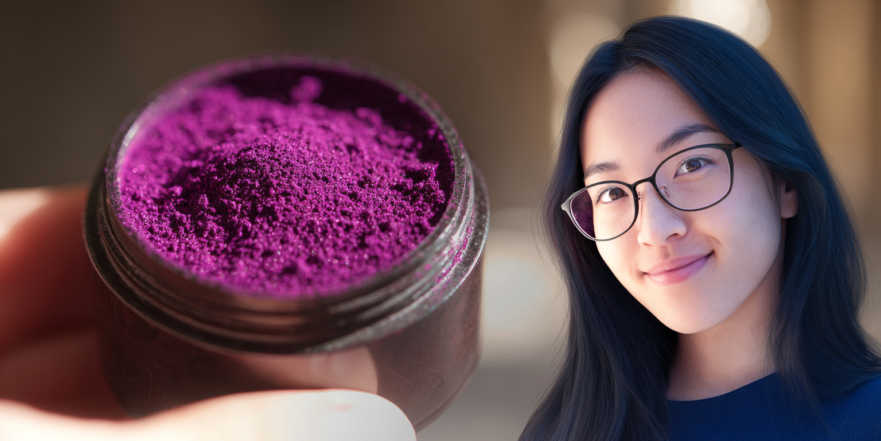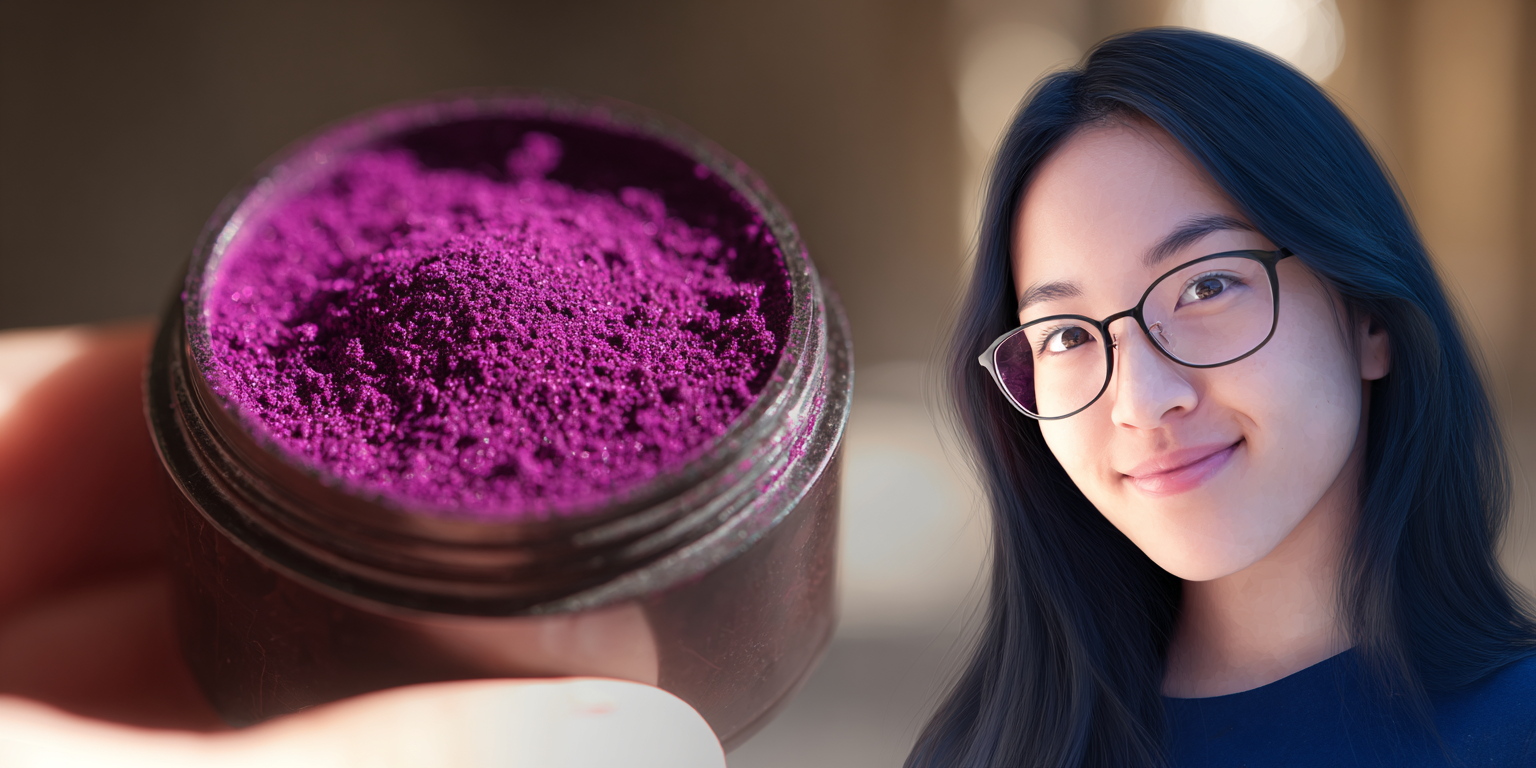
Wrinkles are a common concern for many, often signaling a loss of collagen in the skin. While various products promise to restore youthful looks, understanding the science behind collagen production and preservation is key. This article explores how our bodies naturally create and maintain collagen, highlighting the vital role of certain nutrients and debunking common myths about anti-aging solutions. (Based on the research of Dr. Liu Jia-Yia)
➡️The Collagen Conundrum: More Than Just Skin Deep
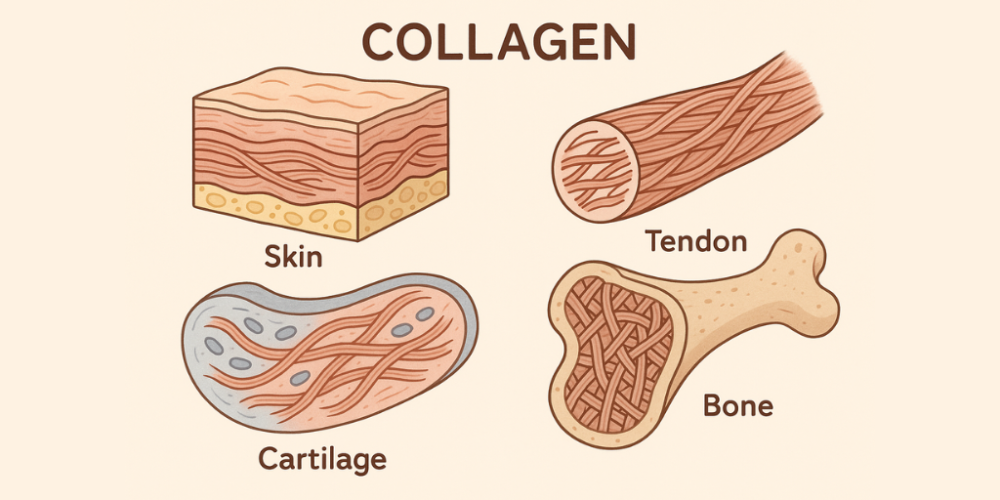
It’s easy to get caught up in the idea that a simple supplement or cream can fix all our aging worries. We see ads for collagen peptides everywhere, promising to turn back the clock. But let’s be real, if eating more of something directly translated to growing more of that thing, wouldn’t we all be eating brains to get smarter?
The truth is, collagen is way more important than just looking good. It’s the most common protein in your body, making up the structure of your skin, tendons, cartilage, and bones. Think about it: your bones are 30% collagen, your joints and ligaments are 80%, and even your eyeballs are 60% collagen. If you’re missing enough collagen, you’re not just getting wrinkles; you’re looking at broken bones, torn tendons, and even issues with your brain. Nobody wants to be grumpy and falling apart!
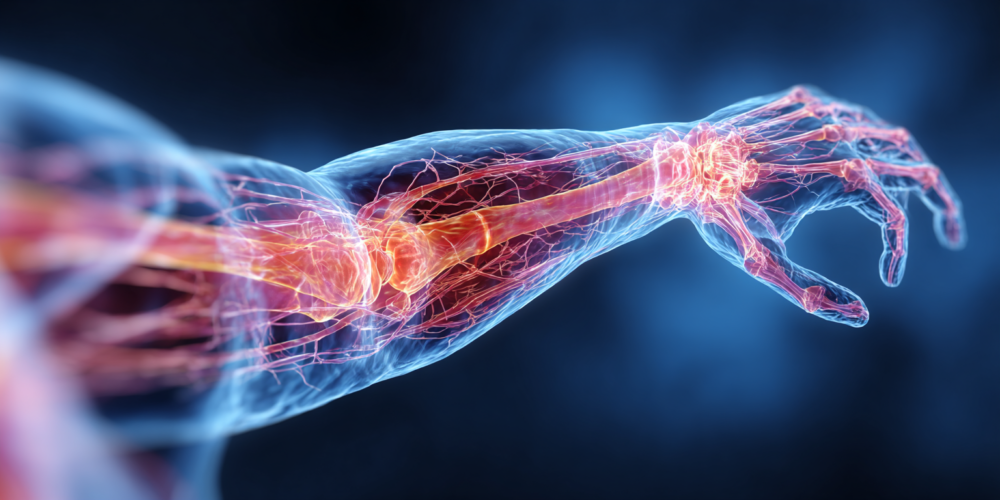
We live in a world where we spend a ton of money on the outside, neglecting the vital stuff inside. This happens because we don’t really get the basic science. You simply can’t eat enough collagen peptides to replace the 20 pounds of collagen your body needs as its internal glue. Your skin alone turns over 2-4% of its collagen every day. Your tendons and ligaments, about 1%. Bones, 5-10% each year. And cartilage, 2-3% daily. This means about 100-300 grams of collagen turn over in your body every single day as an adult. One scoop of powder just isn’t going to cut it.
➡️The “Limey” Lesson: A Historical Perspective on Nutrition

Centuries ago, millions of European sailors learned a harsh lesson about diet. They were known as “limeys” because they suffered terribly from scurvy, a disease caused by a lack of vitamin C. Meat alone wasn’t enough to keep them healthy. This historical event led to the discovery of vitamin C and its critical role in human health.
Today, many people are unknowingly following a “limey diet” by missing out on the key ingredient needed to keep and grow new collagen. If you don’t want to fall apart like those sailors or get tricked by marketing, you need to understand that collagen isn’t just for looks, and not just any amount or type of vitamin C will do the trick.
✅Key Takeaways:
- Collagen is essential for the structure and function of almost every part of your body, not just your skin.
- Your body constantly breaks down and rebuilds collagen, requiring a steady supply of the right nutrients.
- Relying solely on collagen supplements or topical creams is often not enough to support your body’s overall collagen needs.
➡️The Real Anti-Aging Secret: Vitamin C

So, what’s the real secret to strong collagen? It’s not a fancy cream or a pricey powder. It’s vitamin C. If you look at the ingredients in expensive anti-aging creams, you’ll often find vitamin C (ascorbic acid) listed. It’s a powerful antioxidant and plays a huge part in making and keeping your collagen strong, which helps reduce wrinkles.
Topical vitamin C can help, especially if it’s a stable formula or you make it fresh yourself. But your skin needs more than just what you put on it. And here’s the kicker: you don’t actually need collagen peptide supplements if you’re eating enough foods that provide the basic building blocks for collagen.
Think about it: people have been living for thousands of years without collagen peptides. How did they make collagen? They ate whole foods. Collagen is a protein made from amino acids, and you can get these amino acids from lots of natural, whole foods, including plants. Yes, plants contain all the essential amino acids your body needs, as long as you eat them whole and in sufficient amounts. A champagne mango, for example, is a complete amino acid source, but you’d need to eat a lot of it.
Different parts of plants have different amounts of amino acids. Seeds, like those in grapes, nuts, beans, and legumes, have the highest concentration. But most Americans aren’t short on protein; they often eat twice as much as they need. Excess protein gets stored as fat. Many people eat tons of meat but still have dry, itchy skin that ages them inside and out. They just put something on it, but that doesn’t fix the internal problem.
➡️The Shape of Protein: Why Vitamin C is the Glue
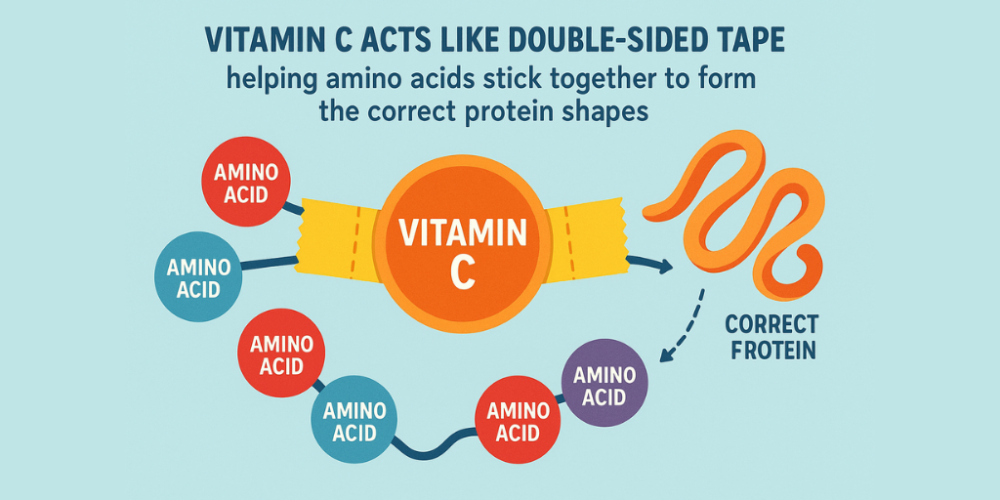
Your body needs about 400,000 different proteins to work properly, all made from just 20 amino acids. The way these amino acids are folded and shaped is what makes each protein unique. Imagine a piece of paper. You can fold it into all sorts of shapes, but if there’s nothing holding it together, it’ll just unfold. Proteins are similar; they need something to keep their shape.
This is where vitamin C comes in. It acts like double-sided tape, helping amino acids stick together to form the correct protein shapes. Specifically, vitamin C helps certain amino acids (proline and lysine) in collagen molecules become “sticky.” This allows collagen to form a strong triple helix shape, which prevents your skin from tearing like tissue paper.
When you don’t have enough vitamin C, your skin can rip easily, and wounds struggle to heal. People with vitamin C deficiency often have fragile skin and blood vessels that bruise and bleed easily. Collagen is also vital for blood vessel integrity and blood clotting. This is why smokers, who need more vitamin C, often have more blood clots.
➡️Beyond the Skin: The Far-Reaching Benefits of Vitamin C
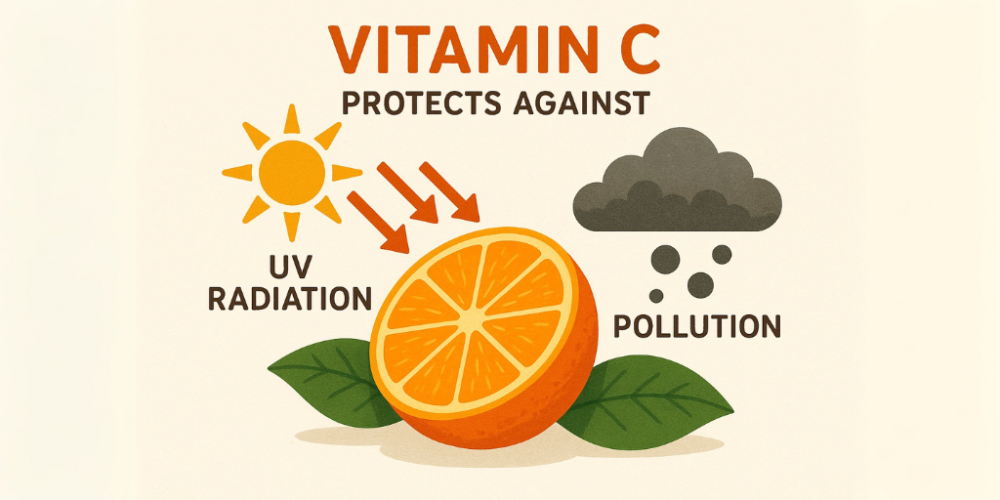
While we’ve focused a lot on skin, vitamin C does so much more. It’s one of your best protectors against oxidative stress, which comes from things like UV radiation, pollution, and even indoor air pollutants like candles and cleaning fumes. These stressors break down collagen and speed up aging. Vitamin C donates electrons to neutralize these harmful free radicals, preventing damage and regenerating other important antioxidants like vitamin E.
Vitamin C also stops enzymes called matrix metalloproteinases (MMPs) from destroying your collagen. Sunlight and tanning beds actually increase these MMPs, leading to more wrinkles. But enough vitamin C can suppress these enzymes, helping to keep your skin strong.
Beyond skin health, vitamin C is crucial for:
- Immune Support: It helps white blood cells function better and supports antimicrobial activity.
- Iron Absorption: It helps your body absorb iron, especially from plant sources.
- Neurotransmitter Production: It’s needed to make important brain chemicals like dopamine, epinephrine, and serotonin.
- Energy Production: It’s a key player in making carnitine, which helps your body turn fat into energy.
➡️How Much Vitamin C Do You Really Need?

The recommended daily allowance (RDA) for vitamin C is just the minimum to stay alive. But if you want to thrive, you’ll likely need more. Your body can’t store much vitamin C, and any excess is simply cleared out through your urine or stool. If you take too much at once, you might experience diarrhea, bloating, and gas because unabsorbed vitamin C pulls water into your intestines.
Your brain uses more vitamin C than any other organ. If your brain doesn’t get enough, every other organ, especially your skin, hair, and nails, will suffer. Fatigue is often the very first sign of not enough vitamin C. I personally make sure I get plenty of vitamin C-rich foods throughout the day, and sometimes supplements, especially when I’m under more stress.
While there’s a lot of talk about vitamin C causing kidney stones, current research doesn’t support this. However, if you’re concerned, it’s always best to talk to a doctor, especially since some foods high in vitamin C, like spinach and Swiss chard, are also high in oxalates.
➡️The Power of Whole Foods and Aloe Vera
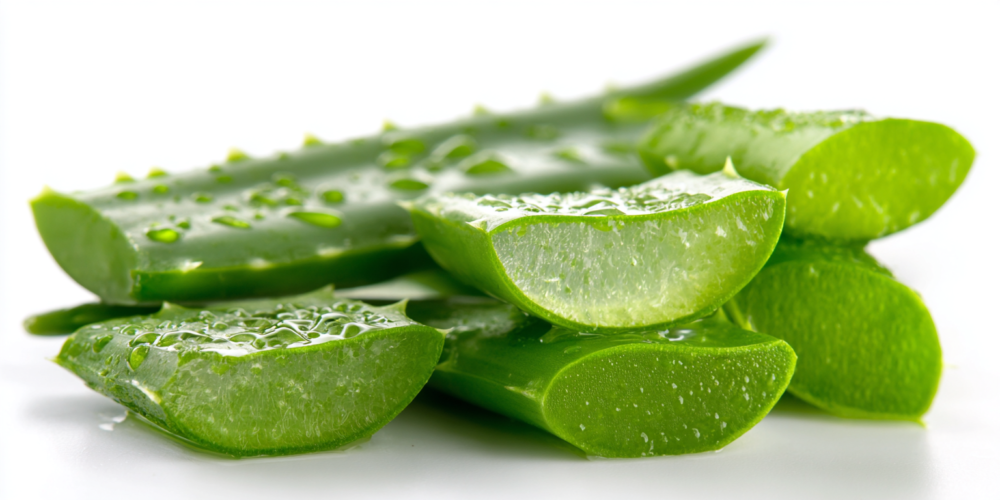
I try to get most of my vitamin C from food. I eat about 10 servings of fruit a day, starting with things like mangoes, grapes, kiwis, oranges, and papayas. The kakadu plum, or green plum, is actually the richest source of vitamin C on Earth!
Beyond eating vitamin C, topical applications can also help. While L-ascorbic acid in creams can be effective, it’s often unstable and turns brown. That’s why I don’t spend money on expensive anti-aging creams. Instead, I use fresh aloe vera leaves. Aloe vera has been my natural skin collagen-boosting gel for decades.
Aloe vera has been used for medicine and beauty across the globe for centuries. It’s like a one-stop shop for your skin, containing vitamins (including C, A, and E), minerals, enzymes, and amino acids. It cleanses, exfoliates, acts as an antioxidant, and helps heal wounds. It even has salicylic acid, which is found in acne treatments, but without the harsh side effects like burning or dryness.
Aloe’s unique ingredients, like glucomannan and gibberellin, work with your skin cells to produce more collagen, speeding up wound healing and leading to stronger, newer skin. My mom taught me to use it as a kid, and I’ve been clipping a piece every day and rubbing it on my face ever since. It feels a bit sticky at first, but it dries quickly. It even helped reduce blemishes and scars during my teenage years.
Just remember, like any new skin product, try a small area first, especially if you have latex allergies, as aloe contains some latex. While aloe is great, topical treatments can only do so much. They can’t reach the 70% of collagen that makes up the rest of your body’s internal organs. You need more than just vitamin C and protein to make your collagen strong throughout your entire body. But by focusing on whole foods and understanding the true role of vitamin C, you’re well on your way to healthier skin and a healthier you.
Source: Dr. Liu Jia-Yia

